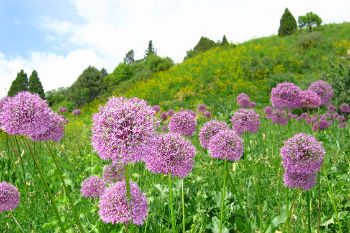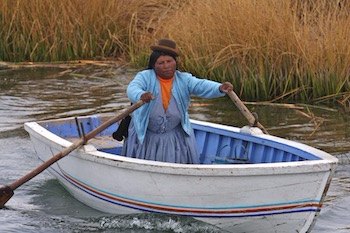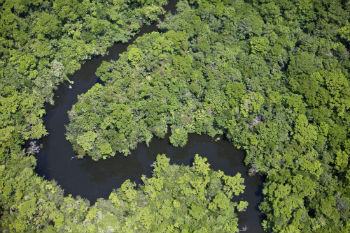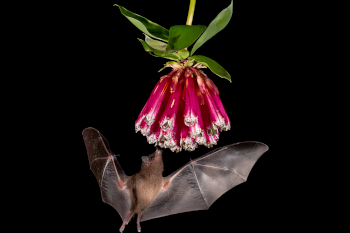Main menu
CEPF is a joint initiative of l’Agence Française de Développement, Conservation International, the European Union, Fondation Hans Wilsdorf, the Global Environment Facility, the Government of Canada, the Government of Japan and the World Bank. A fundamental goal is to ensure civil society is engaged in biodiversity conservation.
Visitez le site français コア情報の日本語翻訳を読むOr use Google Translate to translate the English site to your language:
GTranslate
Engaging Communities and Civil Society to Protect Forests in the Western Ghats
13 December 2013
13 December 2013
Home to tigers, elephants and other iconic species, the forests of the Sahyadri-Konkan Corridor (SKC) – one of CEPF’s five priority conservation corridors within the Western Ghats Region of India – are an important source of local livelihoods, with communities dependent on paddy cultivation and fuelwood trade for income. These activities as well as high population densities and rapid economic development have left the SKC fragmented and dominated by private lands and production landscapes. Only 2 percent of this region is currently protected and roughly 2,000 hectares of forests are cleared every season.
To ensure ecological connectivity between forest fragments and protected areas and to demonstrate new models for community-based conservation and ecological restoration, AERF established a network of NGOs to jointly develop and implement a management strategy at three priority sites, Koyna and Chandoli Wildlife Sanctuaries and Amboli Reserve Forest. AERF also piloted a conservation agreement model to generate incentives for conservation by offering participants benefits to sustainably manage their forests.
Accomplishments
- Formed and trained an NGO network active in the SKC – During the project, AERF identified, organized and built the capacity of a group of civil society organizations (CSOs) working on collaborative conservation in the SKC. The formation of the North Western Ghats Conservation Network (NWCN) evolved throughout the project term, with AERF having organized 10 meetings to discuss the major challenges to conservation in the SKC in an effort to reach consensus on feasible long-term conservation goals. AERF also built the capacity of 22 villages in the Sindhudurg District that occupy the landscape beside the Amboli Reserve Forest.
- Implemented conservation agreement model at three CEPF priority sites – AERF successfully piloted the conservation agreement model with local communities at eight villages. During the planning stage, the target for protection of private forests was set at a minimum of 50 hectares. At project completion, 400 hectares of private forests were protected from mining and deforestation in the SKC by forging partnerships with the private sector.
Overcoming Challenges
- Promoting the conservation agreement model through the NWCN – Most of the organizations participating in the NWCN did not have a specific geographic focus, experience working with communities on conservation or an interest in incentive-based conservation via conservation agreements. To successfully implement the pilot conservation agreement model, AERF instead trained and worked with two NGOs that were engaged in development work at the priority sites.
- Understanding the expectations of communities – Constant contact with communities is important and NGOs working with communities should determine expectations at the start of a project. To achieve this, AERF team members visited villages in the Sindhudurg District to determine which communities were dealing with mining and irrigation development projects that could lead to their displacement. This helped AERF determine which communities were interested in participating in conservation agreements.
“To avoid misunderstanding, it is important to clearly note the expected roles and responsibilities of community members while working together,” said Jayant Sarnaik, deputy director of AERF. “If conflict arises, NGOs should use diplomacy and negotiation skills rather than get intimidated by increasing demands from community members.” - Assessing the capacity of CSOs – It is necessary to invest time and resources in assessing potential CSO partners’ capacity and long-term goals. AERF hosted civil society meetings to launch the project and identify potential partners. AERF also visited at least one active project implemented by each potential partner. This allowed AERF to determine which CSOs shared common goals and would be the best fit for implementing the CEPF-funded project.
According to Sarnaik, “It is important for NGOs to remember that partnerships can be mutually beneficial as long as there is mutual trust and respect, non-conflicting interests and an ability to share a broad perspective.”





